Going Autocross: What did that Cone Mean?
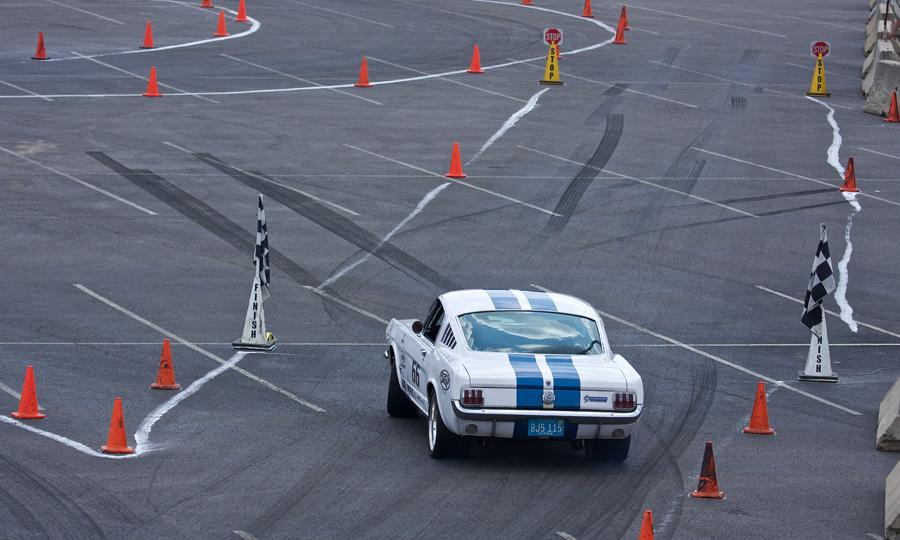
When it comes to autocross, cones mean more than just a barrier. They can range from pointers, to gates, to obstacles. On top of that, they can increase your actual time with penalties. We’ll look at what the various cone configurations mean, and we’ll look into course maps in this article about going autocross.
Course Maps
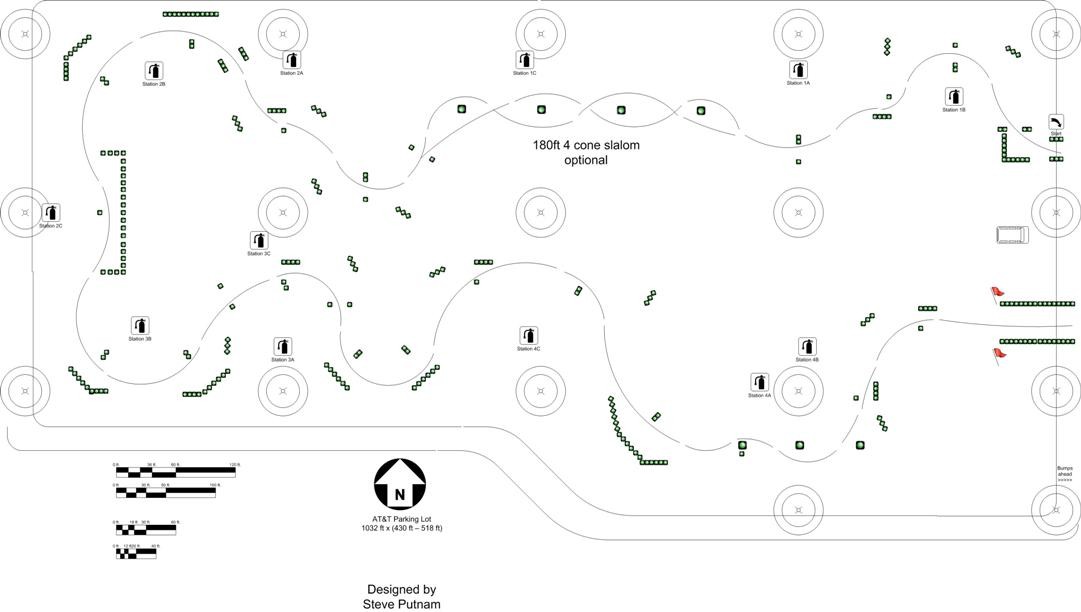
The first thing to do is grab a course map from your region or club webpage, if it offers it. Be sure to study the course. It can be long, but simple, to short, complex, and memory-straining. It’s not hard to get lost on these super-complex courses if they overlap several obstacles or have different paths on each pass.
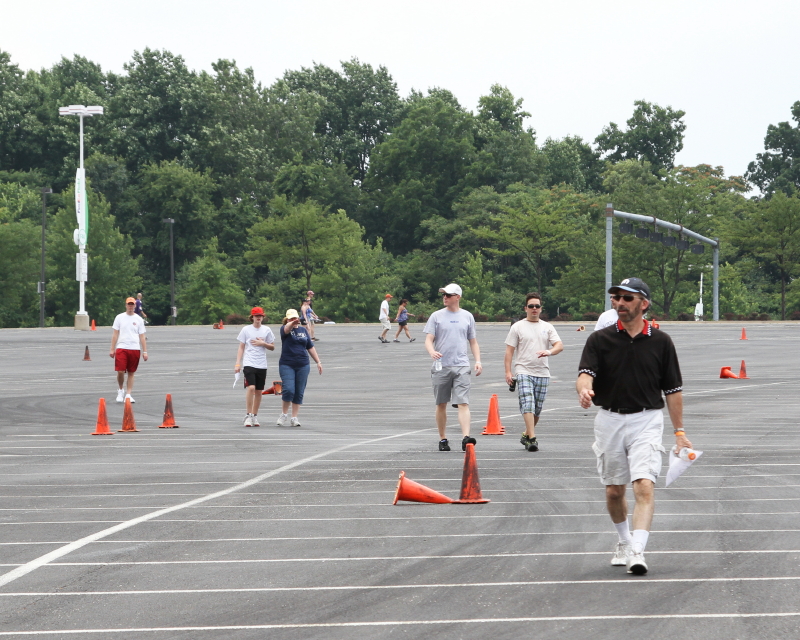
It’s also not a bad idea to walk the course after it is set up. This will also help in memorizing where you will need to be at that point of the course, so don’t skip out on the walk. You’ll also notice that the course is not only marked with cones, but chalk as well. This will have two purposes: to create the course, and outline where the cones will be set up if they get knocked down.

Using chalk to mark around the cones will help the course workers place the cones correctly and assess if you get a penalty time on your run. Cones outside of the box or knocked down will net you a penalty, which will vary among clubs but generally are two seconds per cone. A bumped or moved cone will not be assessed a penalty if, and only if, a portion of the cone is still in its marked-out box. Yes, if you can hit the cone, plop it into the air, and have it land within its box, you won’t be penalized. Don’t laugh, it’s happened before.
Gates

The first cone setup you’ll run into is the gate. You’ll see gates at the start, finish, and at every obstacle. A standard gate is two cones side-by-side and a car-width apart. A gate with an additional cone on either side (either straight up or lying down) will indicate the direction you need to go. If you see a single cone at the left of the gate and two to the right, you’ll head to the right and vice-versa. If there are two cones at each side, you’ll enter the gate twice and so forth. You may even pass the same gate several times.
Slalom

Next is the slalom, which can have two types of configurations. The first is the “optional” slalom, which allows you to enter at either side of the first cone.
The second type is “non-optional” which will have a pointer cone to the left or the right of the first cone. You can only enter the slalom on this side and no other, or you’ll be off course.

The lane change is an obstacle that you can see as a larger slalom, but instead of a set of single cones, you’ll have to slalom through groups without hitting any as you enter. A standard slalom can allow you to get some oversteer, but a lane change will force you to keep that rear in check as you change “lanes”. 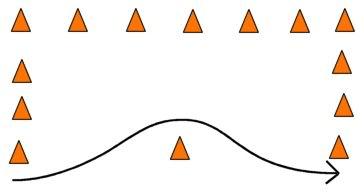
The Chicago Box, as it is best known, but can have several names, is a type of slalom that you’ll approach similarly to the “non-optional” slalom; however, it will be much tighter and will only have three cones to avoid.

The Peterson Box is a single-cone obstacle in a “box” where you have the option to avoid the cone from either side, but you can’t hit any of them. It seems very simple, but watch the exit. Just like a Chicago Box, this will also be a tight one.
Intersections
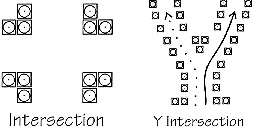
Some course designers will have a couple of unique additions to a course that will allow it to run inside itself several times in one “lap”. You’ll encounter conventional intersections and the “Y” intersection. Which side you go through first will be determined by the course marshal and designer. Simple intersections will be laid out with cones in an L-shape across from each other to indicate that it is an intersection.
Pivots
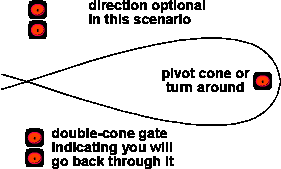
Finally, you may encounter the “Pivot” cone, also called the “Cul-de-Sac”. This has a single cone inside a marked box with a cone gate that indicates you have to drive past it twice: once to enter and drive around the pivot cone, and then again to exit. You might see a pointer cone that indicates which direction you turn around, but usually they are optional. Normally, pivots navigate you in the opposite direction all the way through the course, and back to where you started.
